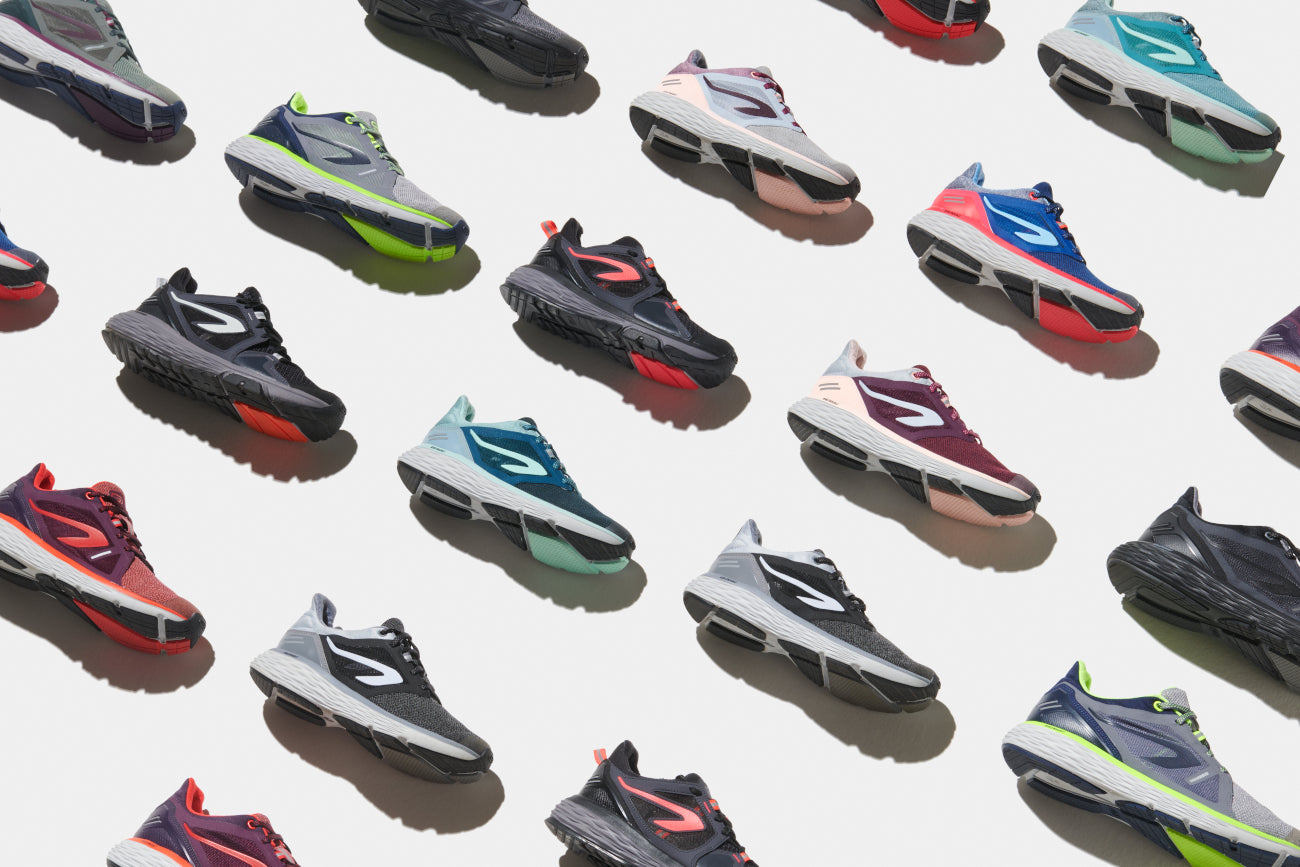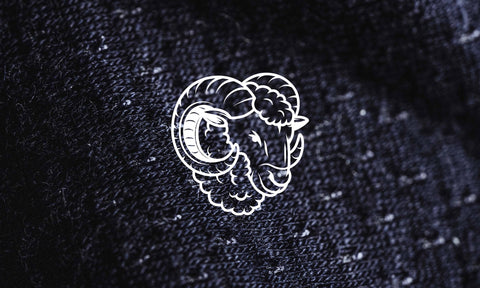We have a wide selection for both women and men; you'll find the one that's perfect for your feet!
Trying to find the right shoe? Let us help! There are multiple things to look out for before starting your running journey.
1. Know Your Foot Type
This step is easy, you just need to do what’s called a ‘wet foot test’. Simply wet both of your feet and stand on a piece of paper for about 10 seconds. Step off the paper and you can determine your foot type by observing the imprints!
2. Know your gait
Once you know your foot type, you can then determine your gait – how your feet behaves when you run.
There are 3 main types of gait:
Overpronation
Typical for people with low arches, overpronation happens when your heel hits the ground first and then rolls inwards. This results in the inability to stabilize your body when you’re running.
Neutral
Neutral gaits are typical for those who have medium arches, where the middle part of your heel strikes first and then rolls slightly inward. This helps in the slight absorption of shock.
Supination
For those with high arches, supination (also known as underpronation) happens when you strike the ground with the outside of your heel first, and stays on the outside of your foot throughout your entire stride. This results in the inability of your foot to absorb the shock impact.
3. Know your running shoe type
Once you know both your arch type and gait, it’s time to find which running shoes (don't forget socks!) are best suited for you.
- Low Arch & Severe Overpronation
Look for motion control shoes. Motion control shoes are designed to hold your feet firmly in place, which is why they will usually have a stiff heel and a relatively straight shape. These shoes will prevent your feet from rolling too much, giving your feet maximum support for your arch.
- Normal Arch & Slight Overpronation
Look for stability shoes. This will help you to have a good balance of cushioning and support.
- High Arch & Supination
Look for neutral cushioning shoes. This will help to cushion the impact that your foot does not naturally absorb!











